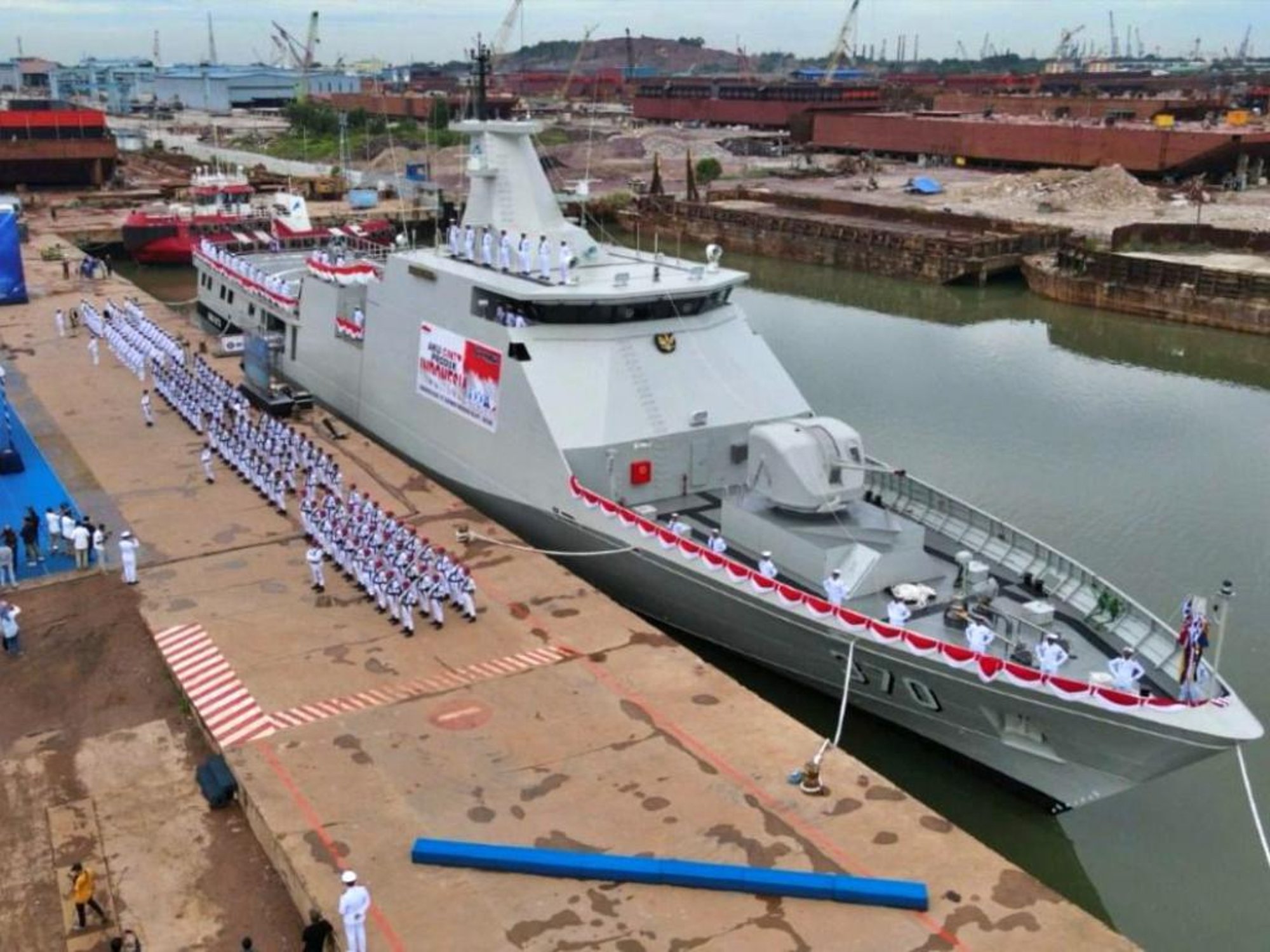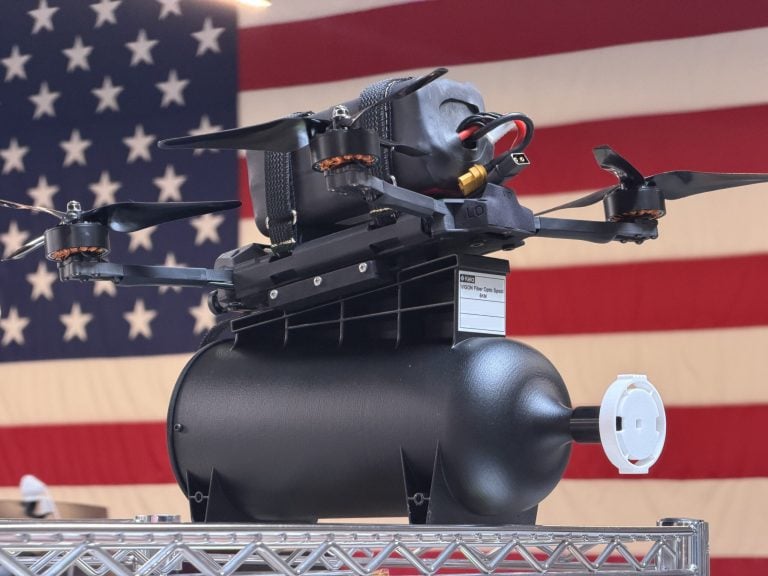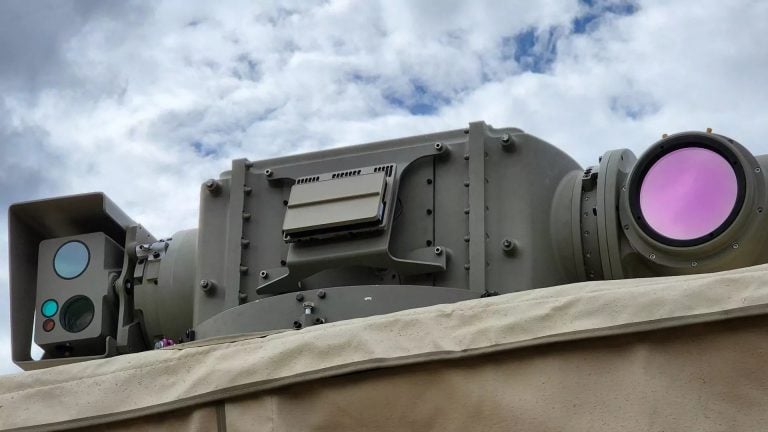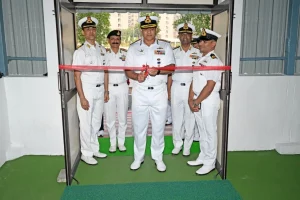Indonesia has officially inducted its second Bung Karno-class corvette into service, with the KRI Bung Hatta (370) being commissioned at a ceremony held in Batam, Riau Islands. This commissioning marks a significant advancement in the modernization efforts of the Indonesian Navy, aimed at enhancing the country’s surface combat capabilities using domestically sourced products.
The KRI Bung Hatta, contracted from local shipbuilder PT Karimun Anugrah Sejat, forms part of Indonesia’s broader strategy to strengthen its military infrastructure and reduce reliance on foreign technology. Named after the nation’s first vice president and one of its founding fathers, the vessel symbolizes the commitment to national pride and self-reliance in defense.
Once operational, KRI Bung Hatta will be homeported in Surabaya, East Java. Its primary roles will encompass a range of maritime security tasks, including patrol operations, search and rescue missions, and electronic warfare capabilities, particularly aimed at addressing the increasing incidents of maritime crime in the region.
Indonesian Navy Chief of Staff Admiral Muhammad Ali highlighted the achievements of national private shipyards during the commissioning ceremony, emphasizing the importance of innovation in the local defense sector. He expressed hope that domestic shipyards would continue to evolve, enhancing their capacities and capabilities to lessen Indonesia’s dependence on imported military equipment and fortify the nation’s sovereignty in defense matters.
The Bung Karno-class corvette spans 73 meters in length and has a beam of 12 meters, accommodating up to 55 personnel. The vessel is designed to carry a single maritime helicopter, comparable to the Airbus AS565 Panther, which extends its operational versatility.
In terms of armament, the KRI Bung Hatta is equipped with various advanced weaponry, including a 40-millimeter close-in weapon system, 20-millimeter shipborne guns, a 57-millimeter automatic naval gun, as well as torpedoes and missiles capable of engaging surface, air, and submarine targets. Powering the ship are twin diesel engines, each producing approximately 5,400 horsepower, complemented by three diesel generators.
The corvette can achieve a maximum speed of 25 knots (equivalent to 46 kilometers or 29 miles per hour) and possesses an operational endurance of five days, making it a formidable asset for the Indonesian Navy and a crucial component in safeguarding the country’s maritime domains.



















